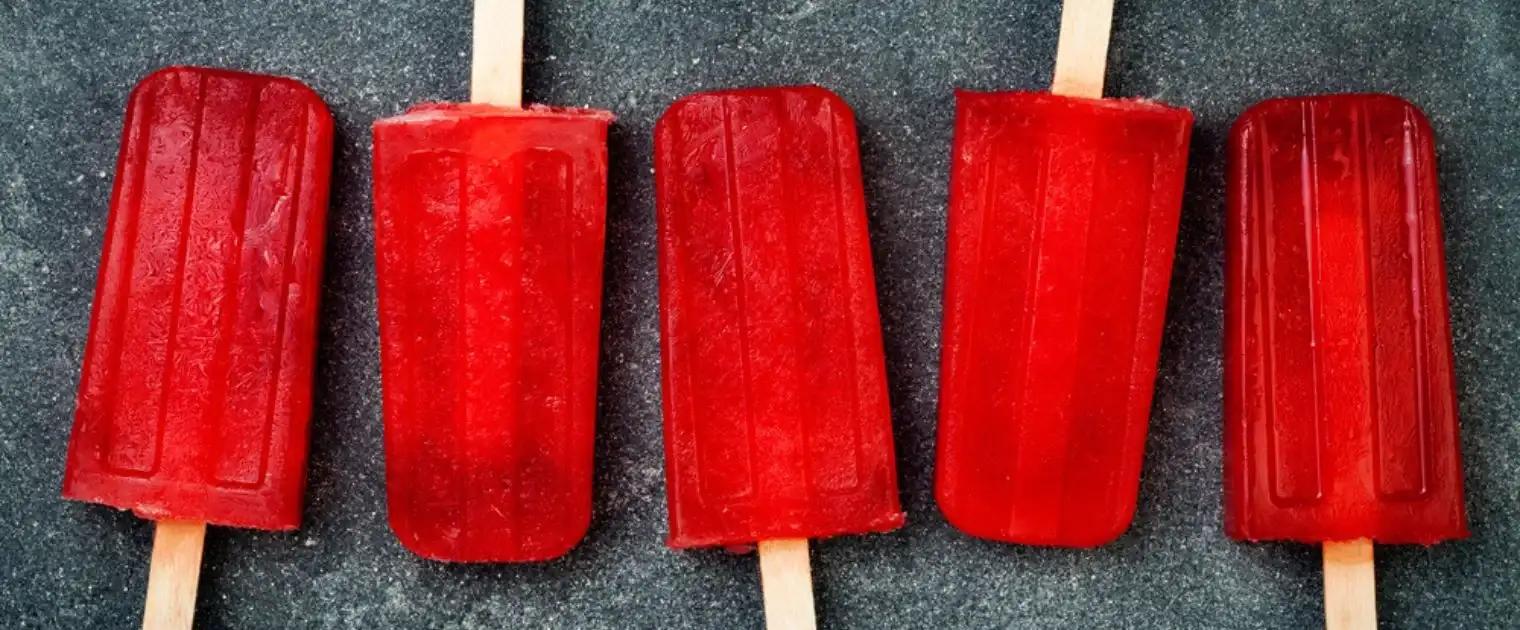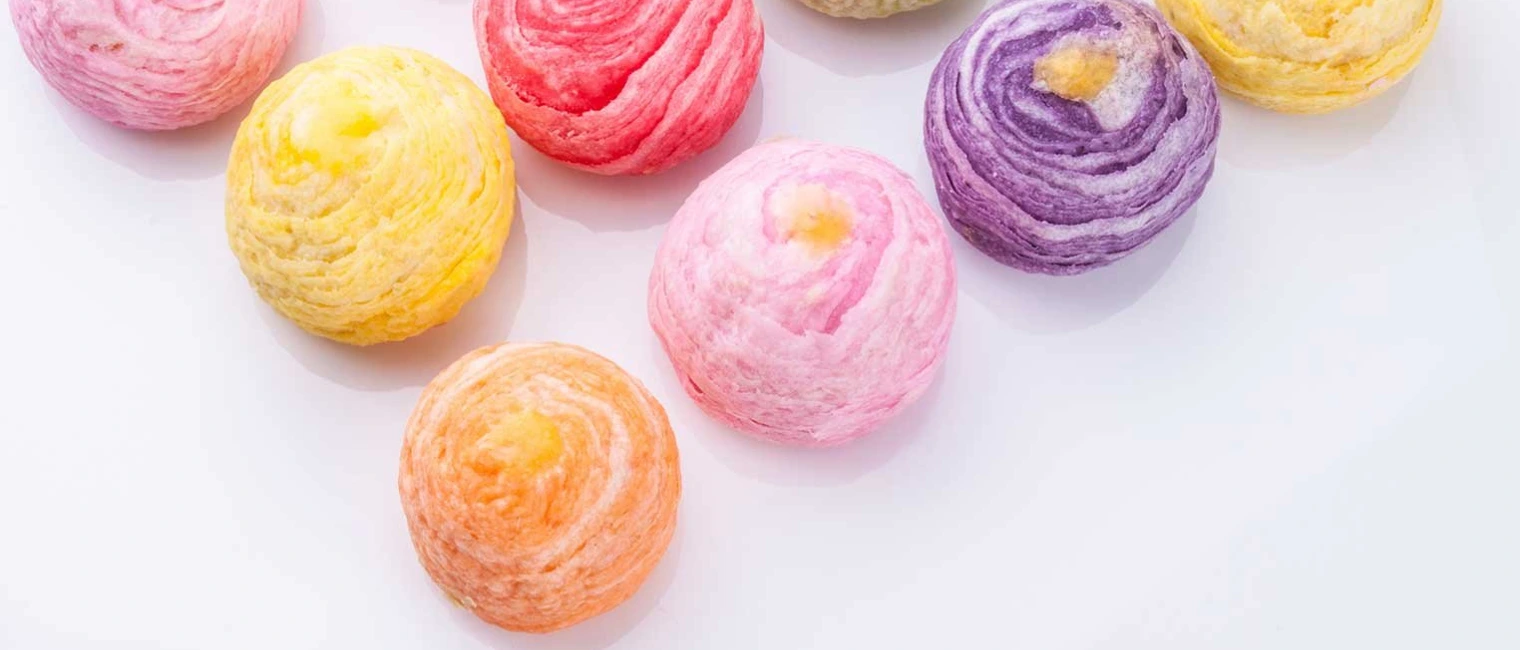The demands of market & food brands have witnessed a sudden shift from despising synthesized pigments to indulgence of naturally produced shades in various forms with respect to eatables. Anthocyanins have been used as natural colorants over the centuries. This vacuolar pigment is water soluble and provides high suitability for food & beverage industry because of its multidimensional usage.
What is Anthocyanin?
Anthocyanins are available in abundance in nature. A polyphenol by nature, it occurs naturally and is a much sought after pigment. Polyphenols are beneficial to health as they contain anti-oxidants along with other nutritious elements. Being a polyphenol, it offers various shades making it user-friendly and popular among food brands whose top priority is food safety. Anthocyanins that are obtained from flora and fruits are mostly applied as natural food colorants, food additives and also dyes.
Sources of Anthocyanin
Anthocyanins belong to the flavonoid classification. More often than not, anthocyanin food coloring is extracted from plants, flowers, fruits & vegetables like hibiscus, lavender, cherries, carrot, cabbage, onion and pomegranate to name a few. Although, this red blue food color is also present in leafy vegetables, it cannot be used as it is present in amalgamated form and not available in isolation. Mainly, it offers shades of reds & blues which in turn can blend into blue, pink, purple & black.
Shades and Stability
Molecules of anthocyanin are highly volatile, they transform as per their surroundings. Anthocyanin provides vibrant shades purely on the basis of the intensity of the pH levels-higher the pH level, lighter the shades of blue and if the pH is low, it will have a prominent red pigment. As a colorant, the value of pH has a consequential effect. Shades are affected by light, temperature, pH & the application. Varied levels of pH make all the difference in shades which range from light pink to deep blue. The transformation of anthocyanin is subject to change due to many variables like presence of oxygen, UV radiation, temperature and the process of desired applications.
Food & Beverage Applications
Conventionally, anthocyanin color has been used as a natural food colorant. It is fully soluble in water that makes it a valid choice for foods and beverages. A number of plausible reasons aforementioned result in varied outcome of shades of anthocyanin. Confectionaries, baked items and dairy products along with beverages are the most prevalent applications of this adaptable red food color and blue food color pigment. Notable utilization of this versatile pigment is its application on cake, frosting, yogurt, candies, chocolates, ice creams and sweets.

What Does ROHA Offer?
At ROHA, we have been a step ahead of the game by providing one stop coloring solutions to each requirement. Anthocyanin is available in aqueous form and in powdered form as well making it user friendly. Our priority is to co-partner with food brands and provide with customized blends that help manufacturers to achieve desired shades as per the required applications. We prioritize food safety over all else and provide clean labels. ROHA will continue to innovate for you, with you.
To learn how ROHA can help you create visually stunning and nutritious food products, please visit http://roha.com/natracol or get in touch with us at contact@rohagroup.com






Global
Simpsons